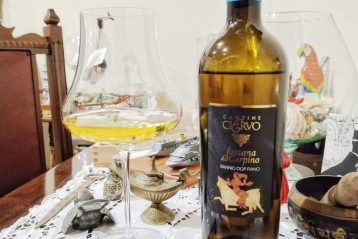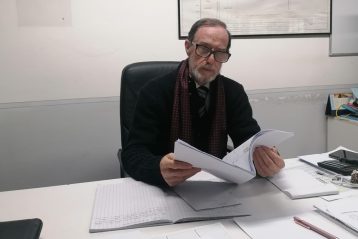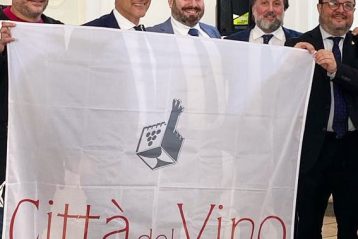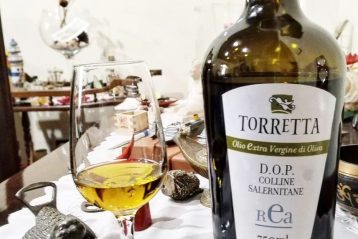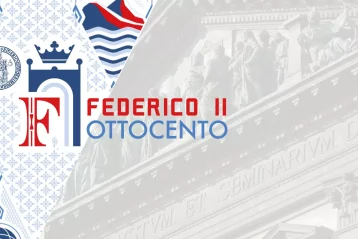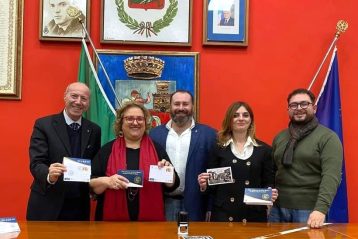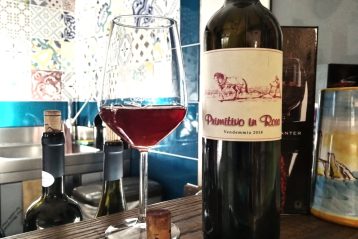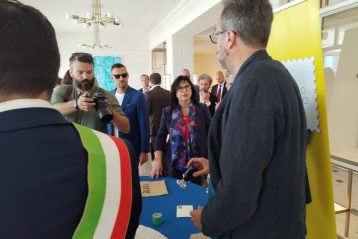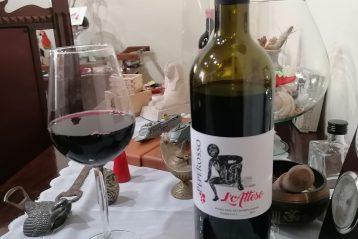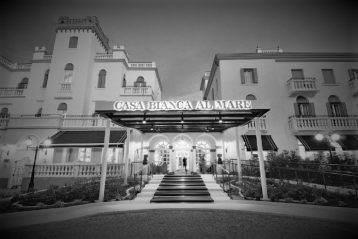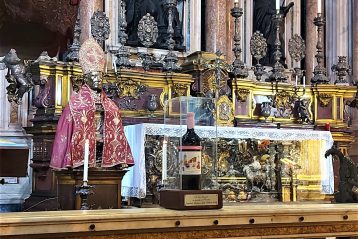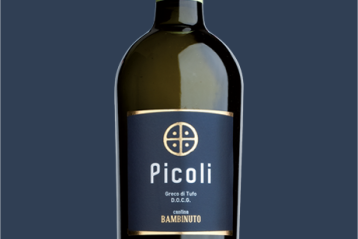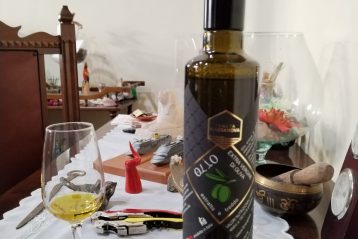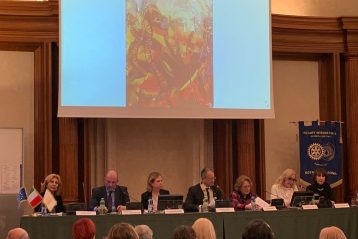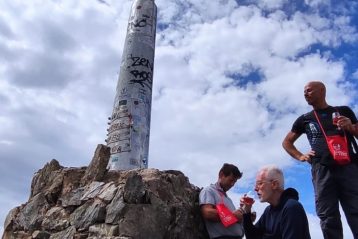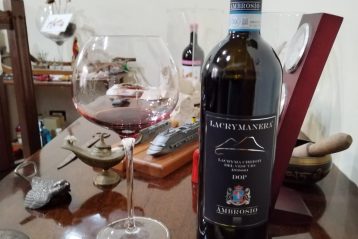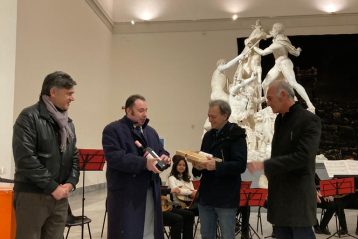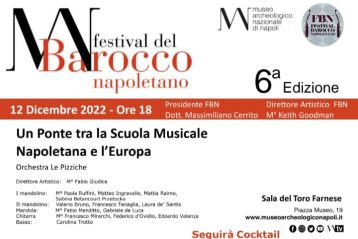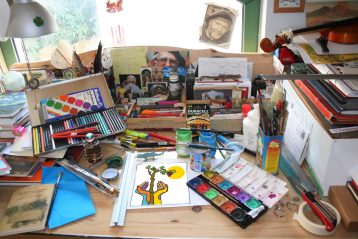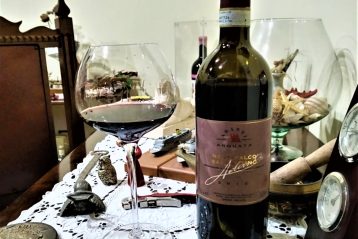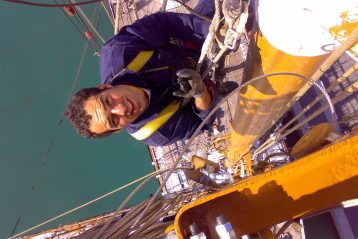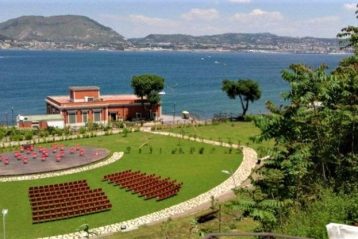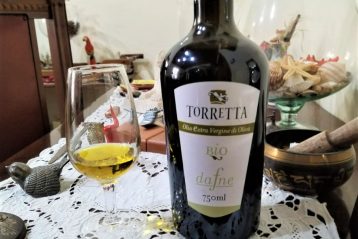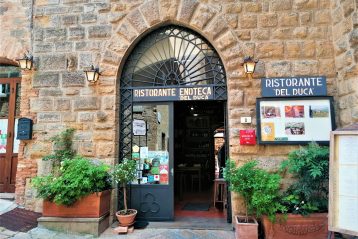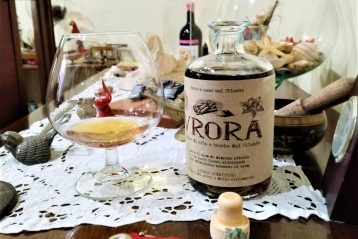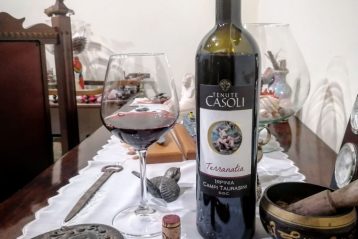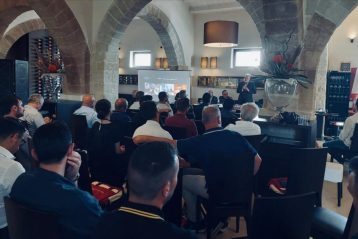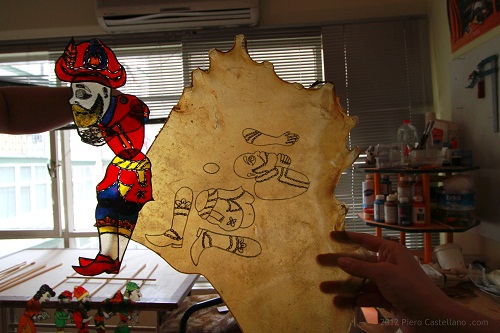
Ankara (Turchia)
Ramadan is the month when the Islamic community fast during the day.
In different Islamic countries, more than religious traditions, there are customs like traditional recipes for the fast breaking dinner (“iftar”) or evening entertainments.
In Turkey, a peculiar tradition is the Shadows Theater.
It is said that at mid-1300, in Bursa, then the first capital city of what was to become the Ottoman Empire, two strange fellows worked building a votive Mosque for the Sultan.
Their endless quarrels and squabbles distracted the other workers, and the construction was slow. When he was informed of the delays, the Sultan hastily ordered to behead the two friends, and the Mosque was completed. But their coworkers kept their memory alive reenacting their jokes, representing them with colored figurines.
So, according to the tradition, the Turkish Shadow Theater was born.
According to historical sources, this art came from Egypt, probably through Arab tradesman, who had uncovered it in the East, perhaps straight from Java.
Evliya Çelebi, Ottoman traveler and historian, wrote in the XVIIth century to have seen a shadow theater show after an iftar in Constantinople, witnessing that at the time it was already a Ramadan tradition.
But even if people are very fond of it, this tradition is not widespread anymore, and nowadays it is not easy to see shows of “Karagöz and Hacivat” theater, so named after the two main characters.
Halit Eker was a theater actor, who got in touch with the world of the Shadow Theater, and found himself involved in it to the point of making it his main profession. His organization is called “Palanga”, the word for the squares where shows were originally held.
“Karagöz and Hacivat Theater is a tradition specially dedicated to kids, during Ramadan’s celebration evenings”, he explains “The two main characters are from Bursa, but the others represents a little of all the Ottoman Empire’s people, showing a diversity of clichés in which every spectator could identify.” And like in any street theater it was a chance for “innocent” satire that adults only could appreciate, in times when it was dangerous to overtly criticize the Power.
Halit show the silken screen on which shadows are projected, part of a chest containing the characters figurines and all it is needed for a show: in street theater, portability was paramount. The figurines are flat, about 30 cm tall, carved out of camel or water buffalo hide, painted and then articulated. Much like in oriental shadow theaters, they are handled by two sticks, by only one “puppet master”.
“Every character has his or her own strong personality: Hacivat is polite, with high class manners, and he tries unsuccessfully to educate Karagöz, an incorrigible peasant, with a strong country accent, and a bass hoarse voice.”
Halit works in his own way, but he follows and keeps alive traditions as taught by his master.
But Karagöz and Hacivat’s world is a closed world, with very strict rules. Halit takes us up to Ankara’s Citadel, the most ancient part of the city. At the upper floor of a “han”, an enclosed market – yard where once brass was crafted, there is a shop, selling handmade souvenirs, all of them about the two characters from Bursa. The shop’s owner, Müzeyyen Nalkesen, is Halit’s friend, and she is becoming famous as the first woman able to perform Shadow Theater in Turkey.
Müzeyyen discloses for us the Shadow Theater’s art rituals.
“This kind of street theater is performed in many countries, but almost everywhere, it is based on local myths. Here in Turkey, on the contrary, it is based on religious mystic. The screen on which characters are projected represents the mirror of society, it divides the public and the puppet masters’ world, it is a metaphor of the transience of the world, of uniqueness of God.”
Müzeyyen tells of the difficult path to become “Usta”, puppet master, a path that she has not completed yet: “There are three level of apprenticeship. The lowest one, the “Sandikkar” [from sandik, chest] can only carry the chest containing the theater, he can clean the scene, take care of the lamp, but cannot even touch the characters. At the next level, the apprentice becomes a “Çirak”, and he learns how to make the puppets, drawing them and carving them out of the camel hide, then painting and articulating them.”
The young actress shows the steps of the creation: painting is the hardest part, made with vegetal colors to not to damage the hide, which is also very absorbing, requiring multiple layers of paint. The figurines are then pierced, to add light effects to the transparence of the hide, giving thus a tridimensional illusion.
“To become a Usta, a Master, a Çirak has to demonstrate his knowledge of Shadow Theater’s history and tradition, and his skills in making the charactes. But he should also have knowledge of music, to perform the traditional songs during the show, plus acting and pedagogic abilities, not only to entertain kids, but to teach and train new Çirak ‘s, to hand down and preserve the art of ‘Karagöz and Hacivat’ “.
In fact, there is no official academic program to preserve this tradition: its conservation is in the hands of the few dozens of Masters surviving in Turkey.
Only a Master can impersonate the main characters. Müzeyyen often assists her mentor, Ishak Iki Tekgül, as a Çirak,, but often also as a “Yardak”, an apprentice who can perform female roles and the music. But young Müzeyyen is a unique case: through a hard training, she is the first woman capable of impersonate the peculiar deep hoarse voice of Karagöz, the character that the public loves more.
When Isak will consider her ready, he will award her with the prized sash of Usta, and from that moment Müzeyyen will be the first woman to be able to hold Karagöz and Hacivat shows, and even write her own comedies. She will also be able to train new apprentices, but she’ll always be her master’s Çirak.
Ouside of Baskent Tiyatrosu, in Ankara’s Gençlik Park, a colored bus is parked, surrounded by a public of children and parents: it’s the modern version of Karagöz and Hacivat’s street theater.
After sunset, the prayer’s calls to the end of the fast, and everybody hurries up to consume their iftar, the ritual dinner. Then, one side of the bus tilts open, and on a silk screen the colored shadows of the two friends from Bursa appear: thank people like Halit, like Ishak, like Müzeyyen, even today they keep disturbing the sultans, and to entertain their own people.
more info about the author www.pierocastellano.com




